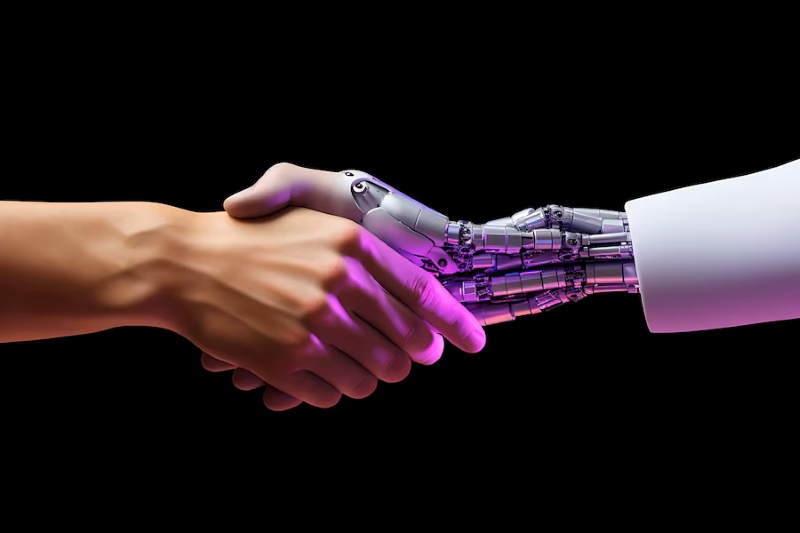
You’ve probably heard the phrase and maybe even brushed it off: “AI won’t replace you, but someone using AI might.”
It sounds catchy. Maybe a little dramatic. But beneath the surface, it’s raising an important truth: In today’s world of work, knowing how to use AI tools gives people a real edge.
Whether you’re applying for your first job, exploring a new career path, or preparing students for what’s next, this shift is worth understanding.
Why This Matters Right Now
AI is no longer just a buzzword, it’s built into the platforms, systems, and tools that run today’s companies. From marketing and design to logistics and finance, it’s quietly transforming how things get done.
But here’s the key: AI isn’t replacing people, it’s changing how people work.
And those who adapt to that shift will be the ones who stand out.
The Edge Goes to the Adaptable
Let’s say you’re a graphic designer. You might be brilliant at layouts and color theory. But if someone else with fewer years of experience uses AI to generate design drafts, automate repetitive tasks, and meet tighter deadlines, they could land the job over you.
The same is true for writers, marketers, data analysts, and even project managers. The competitive edge is shifting toward those who combine their skills with smart tools.
Think of it this way: a calculator didn’t replace mathematicians, it amplified what they could do.
For Students and Young Job Seekers: Make AI Your Advantage
If you’re just starting your career, here’s what you should know:
-
You don’t need to be a tech genius. You just need to get comfortable experimenting with AI tools.
-
Start small. Use AI to brainstorm, outline ideas, summarize content, or improve your writing.
-
Document your skills. Add AI tools you’ve used (like ChatGPT, Notion AI, or Canva’s Magic Studio) to your CV or portfolio.
Real-world tip: Offer to help a local business create social media content or automate admin tasks using AI. It builds your experience and shows initiative.
For Educators and Career Advisors: Teach AI as a Core Skill
AI literacy isn’t just for tech classes anymore. It belongs in every subject, because it affects every industry.
Ways to integrate AI into your teaching or guidance:
-
Discuss real-world applications: How is AI used in healthcare? In journalism? In education?
-
Try co-creation: Use AI to co-write, co-design, or co-analyze content. Talk about its limitations and biases too.
-
Encourage responsible use: Discuss ethics, misinformation, and when it’s appropriate to use (or not use) AI tools.
Tip: Position AI not as a shortcut, but as a thinking partner, a tool that helps refine and extend student work, not replace it.
For Parents and Guardians: A Reassuring Take
You might be worried that AI is making the future uncertain for your child. And in some ways, it is changing things rapidly.
But here’s the good news:
-
The job market isn’t disappearing. It’s evolving.
-
People are still needed. Creativity, empathy, communication, judgment these are still uniquely human strengths.
Encourage your child to:
-
Stay curious
-
Ask questions about how things work
-
Try out AI tools as part of schoolwork or hobbies
Your support and open-mindedness might be the reason they lean into the future instead of fearing it.
Actionable AI Tools to Try (Even for Beginners)
| Goal | Tool to Try |
|---|---|
| Brainstorming ideas | ChatGPT, Copy.ai |
| Summarizing articles | TLDR This, Quillbot |
| Creating resumes/portfolios | Resume.io, Kickresume AI |
| Designing graphics | Canva AI, Adobe Firefly |
| Data analysis/visualization | Tableau Public, ChatGPT+ Code Interpreter |
| Learning how to code | Replit, GitHub Copilot |
Try one new tool this month and reflect on what you learned in the process.
Humans Who Use AI Are the Future
This isn’t about becoming robotic. It’s about becoming more resourceful.
AI can’t replace human judgment, intuition, or empathy. But when you pair those qualities with smart tools, you become incredibly effective.
“AI won’t take your job. But someone using AI just might.”
Make sure that someone is you.
